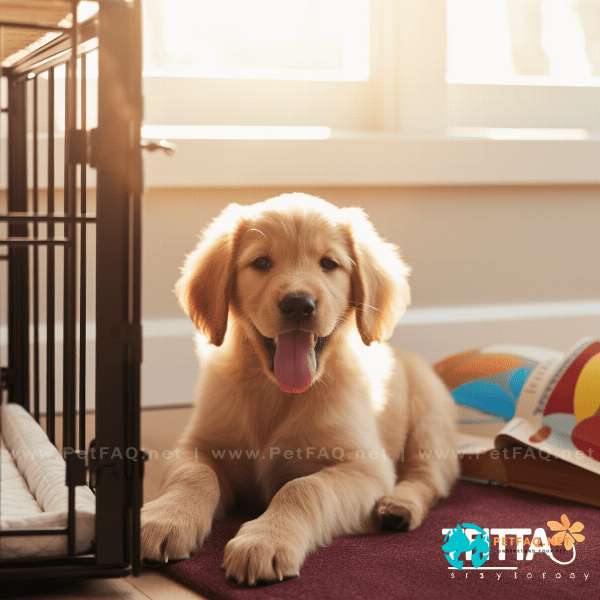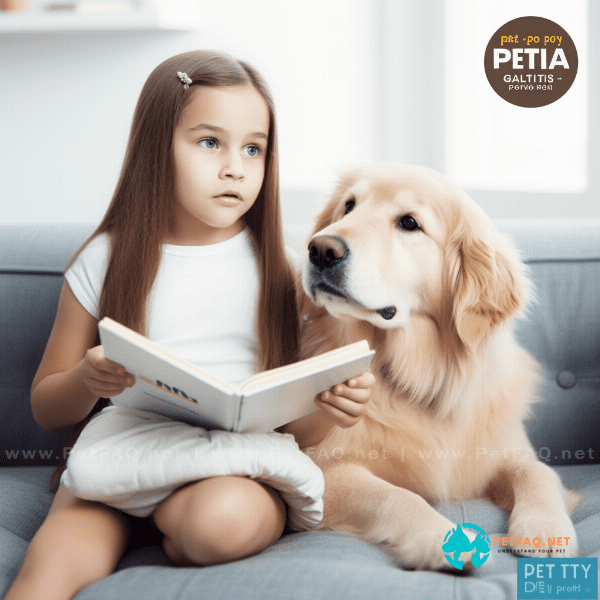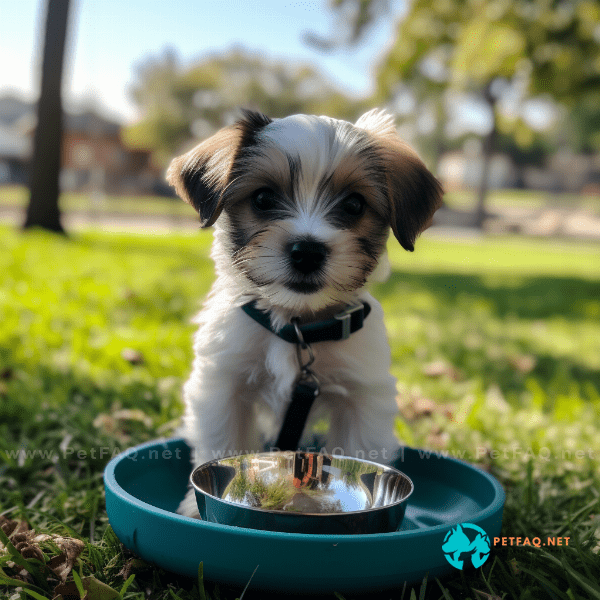Table of Contents
- Understanding the Basics of Puppy Potty Training
- Preparing Your Home for Potty Training Success
- Establishing a Routine for Your Puppy’s Bathroom Breaks
- Positive Reinforcement Techniques for Effective Potty Training
- Common Mistakes to Avoid During Puppy Potty Training
- Handling Accidents: How to Clean Up and Correct Your Puppy
- Tips for Consistency and Long-Term Success in Potty Training Your Puppy
- Frequently Asked Questions about Puppy Potty Training
Understanding the Basics of Puppy Potty Training
Before embarking on the journey to potty train your puppy, it’s important to understand the basics of this process. Puppy Potty Training involves teaching your furry friend to eliminate in a designated spot, rather than anywhere they please. This can be achieved by establishing a routine, using positive reinforcement, and avoiding punishment.
Puppies have small bladders and will need to relieve themselves frequently, especially after eating, drinking, playing, or napping. It’s important to take them outside to their designated potty spot regularly and consistently throughout the day. Consistency is key to successfully potty training your puppy.
When your puppy successfully eliminates in the designated spot, praise and reward them immediately with a treat, verbal praise, or affection. This positive reinforcement will encourage your puppy to continue using that spot. On the other hand, punishing your puppy for accidents can have negative consequences and may even prolong the potty training process.
Understanding the basics of puppy potty training is the first step in successfully teaching your puppy where to go potty. By establishing a routine and using positive reinforcement techniques, you’ll be on your way to having a fully potty-trained pup in no time.
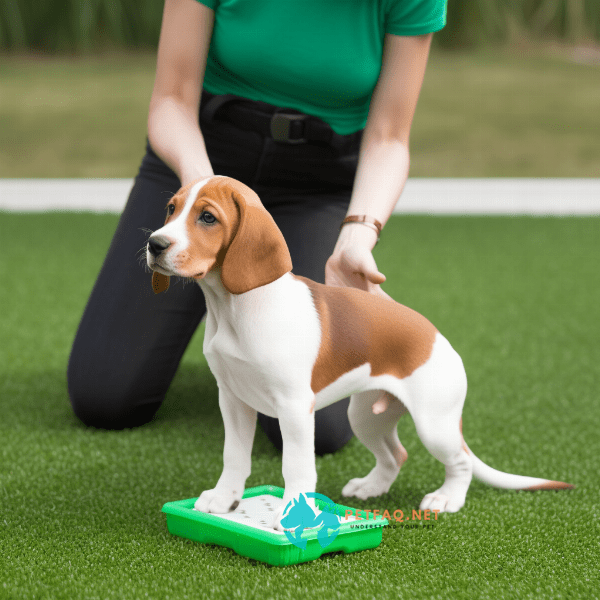
Preparing Your Home for Potty Training Success
Preparing your home for potty training success is a crucial step in the process of teaching your puppy where to go potty. There are several things you can do to create a conducive environment for potty training your furry friend.
Firstly, identify a designated potty spot in your yard or outside your home. This spot should be easily accessible and free of distractions. It’s also important to make sure the spot is always clean, so your puppy is not deterred from using it.
Next, limit your puppy’s access to the rest of the house. Keeping your puppy in a confined space or crate when unsupervised will prevent them from having accidents in the house. Gradually increase the amount of space your puppy has access to as they become more reliable with their potty training.
Invest in some puppy pads or newspaper to place around your home in case of accidents. This will make clean up easier and help prevent your puppy from developing a habit of eliminating inside the house.
Finally, make sure you have plenty of cleaning supplies on hand for accidents that do occur. Use an enzymatic cleaner specifically designed for pet messes to effectively eliminate any odors and prevent your puppy from returning to the same spot.
Preparing your home for potty training success will help create a supportive environment for your puppy to learn where to go potty. By providing designated potty spots, limiting your puppy’s access to the house, and having cleaning supplies readily available, you’ll set your furry friend up for potty training success.
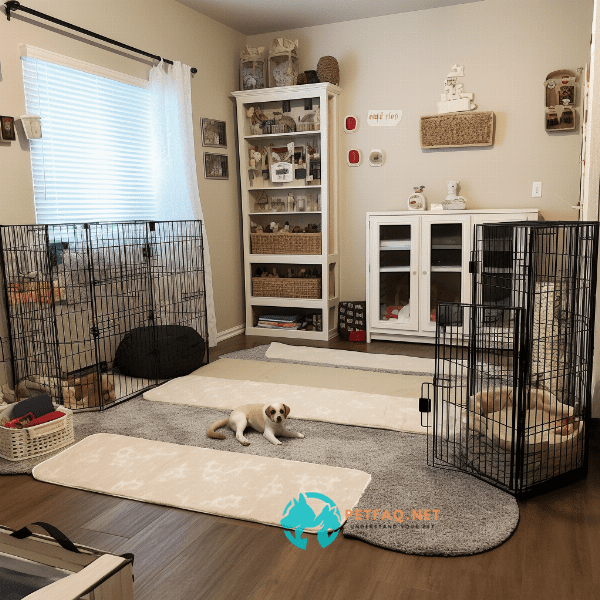
Establishing a Routine for Your Puppy’s Bathroom Breaks
Establishing a routine for your puppy’s bathroom breaks is a crucial part of potty training. Puppies need to go to the bathroom frequently, especially when they are younger, and establishing a routine can help them understand when it’s appropriate to do so.
One way to establish a routine is to take your puppy outside first thing in the morning and after meals. This will help them learn when it’s time to go to the bathroom and create a habit. Be sure to take your puppy out on a regular schedule throughout the day, such as every two hours, to help prevent accidents inside the house.
Consistency is key when it comes to establishing a routine. Make sure everyone in your household is on board with the schedule and knows when it’s time to take the puppy outside. Be patient and give your puppy plenty of praise when they go to the bathroom outside, which will help reinforce good behavior.
It’s also important to pay attention to your puppy’s behavior. If they start sniffing around or circling, it may be a sign that they need to go outside. Don’t punish your puppy for accidents inside the house, as this can be confusing and may cause them to become fearful.
With patience and consistency, establishing a routine for your puppy’s bathroom breaks can help make potty training a success. Remember to reward good behavior and be patient through any setbacks, as your puppy learns to understand where and when it’s appropriate to go to the bathroom.
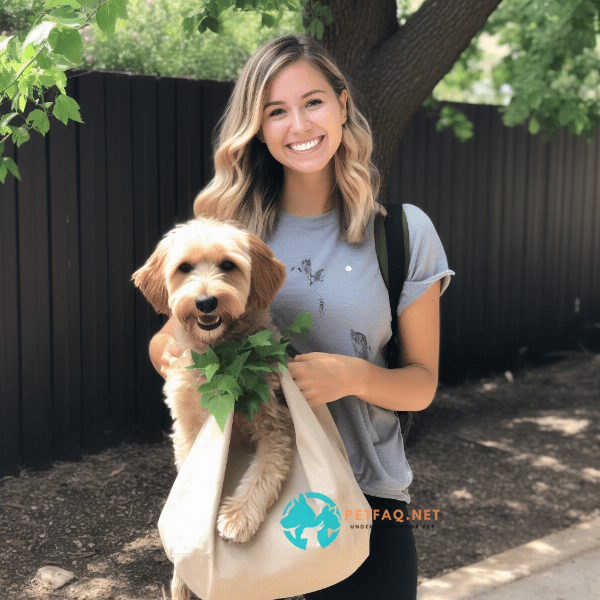
Positive Reinforcement Techniques for Effective Potty Training
Positive reinforcement techniques can be incredibly effective when it comes to potty training your puppy. These techniques involve rewarding your puppy for good behavior, rather than punishing them for accidents or mistakes. By focusing on positive reinforcement, you can help create a positive association with going to the bathroom outside, and encourage your puppy to continue the behavior.
One effective technique is to offer your puppy treats or praise when they go to the bathroom outside. This helps to reinforce the behavior, and can encourage your puppy to continue going outside. Be sure to praise your puppy immediately after they go to the bathroom, so they understand why they’re receiving the reward.
Another positive reinforcement technique is to create a designated potty area outside, and consistently take your puppy to this area when it’s time to go. This helps to establish a routine, and can make it easier for your puppy to understand where they should go to the bathroom.
It’s also important to be patient and consistent with your training. Potty training can take time, and there may be setbacks along the way. However, by using positive reinforcement techniques and consistently reinforcing good behavior, you can help your puppy learn where and when it’s appropriate to go to the bathroom.
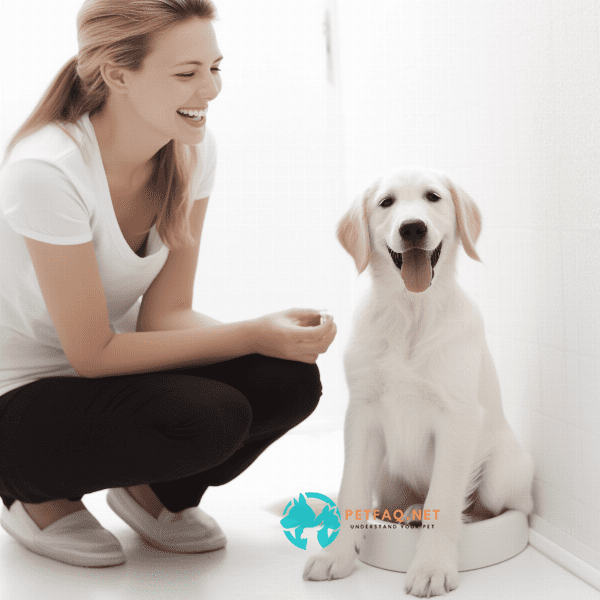
Common Mistakes to Avoid During Puppy Potty Training
Potty training a puppy can be challenging, and it’s important to avoid common mistakes that can make the process even more difficult. Here are some common mistakes to avoid during puppy potty training:
2. Inconsistency – Consistency is key when it comes to potty training. Make sure everyone in your household is on board with the training schedule and that your puppy is taken outside on a regular basis.
3. Not supervising your puppy – It’s important to keep a close eye on your puppy during the potty training process. This can help you catch accidents before they happen and reinforce good behavior.
4. Using the wrong cleaning products – If your puppy does have an accident inside the house, it’s important to use the right cleaning products to fully eliminate any odors. This can help prevent your puppy from returning to the same spot to go to the bathroom again.
By avoiding these common mistakes and focusing on positive reinforcement techniques, you can help make the potty training process as smooth and effective as possible for you and your puppy.
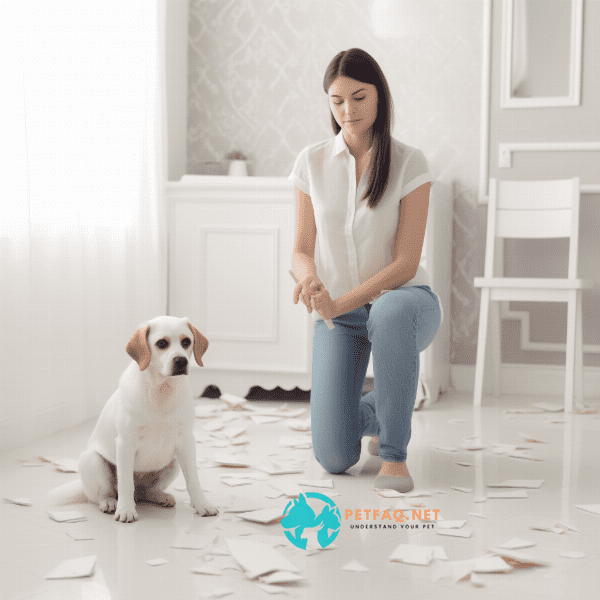
Handling Accidents: How to Clean Up and Correct Your Puppy
Accidents are a normal part of the potty training process, and it’s important to know how to handle them effectively. Here are some tips for cleaning up and correcting your puppy after an accident:
1. Clean up the mess immediately – It’s important to clean up any accidents as soon as possible to prevent your puppy from returning to the same spot. Use an enzymatic cleaner specifically designed for pet messes to fully eliminate any odors.
2. Don’t punish your puppy – Punishing your puppy for accidents can be confusing and may even make the potty training process more difficult. Instead, focus on positive reinforcement techniques to encourage good behavior.
3. Interrupt your puppy – If you catch your puppy in the act of going to the bathroom inside, use a firm “no” or clap your hands to interrupt them. Immediately take them outside to their designated potty area.
4. Reinforce good behavior – When your puppy goes to the bathroom outside, be sure to praise and reward them with treats or playtime. This helps to reinforce good behavior and encourages your puppy to continue going outside.
Remember, accidents are a normal part of the potty training process and it’s important to be patient and consistent with your training. By handling accidents effectively and focusing on positive reinforcement techniques, you can help your puppy learn where and when it’s appropriate to go to the bathroom.
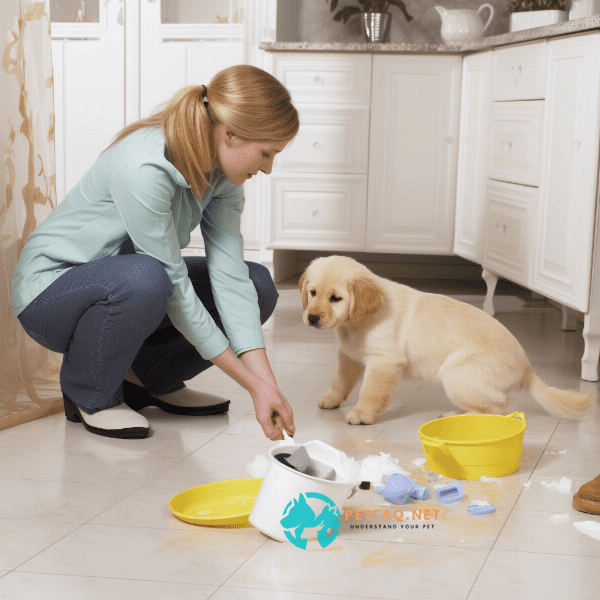
Tips for Consistency and Long-Term Success in Potty Training Your Puppy
Consistency is key when it comes to potty training your puppy, and there are some tips that can help you achieve long-term success. Here are some tips for consistency and long-term success in potty training your puppy:
1. Establish a routine – Establishing a routine can help your puppy learn when it’s time to go outside to the bathroom. Consistently taking your puppy outside at the same times each day can help reinforce good behavior.
2. Use a consistent cue – Using a consistent cue, such as “go potty” or “do your business,” can help your puppy understand what you want them to do. Use the cue every time you take your puppy outside to go to the bathroom.
3. Reward good behavior consistently – Consistently rewarding your puppy for good behavior, such as going to the bathroom outside, can help reinforce the behavior and encourage your puppy to continue going outside.
4. Be patient – Potty training can take time, and there may be setbacks along the way. It’s important to be patient and consistent with your training, and not to give up too soon.
5. Monitor your puppy’s behavior – Keep an eye on your puppy’s behavior to look for signs that they need to go outside, such as sniffing or circling. This can help you take your puppy outside before accidents happen.
By using these tips for consistency and long-term success, you can help potty train your puppy effectively and create a positive experience for both you and your furry friend. Remember to be patient, consistent, and to celebrate your puppy’s successes along the way.
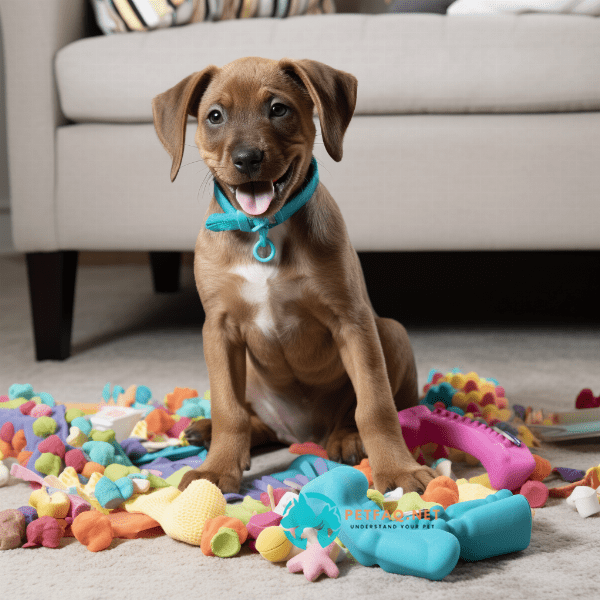
Frequently Asked Questions about Puppy Potty Training
Potty training a puppy can be a challenging experience, and there are often many questions that arise along the way. Here are some frequently asked questions about puppy potty training:
1. When should I start potty training my puppy?
Potty training can begin as early as eight weeks old. It’s important to begin training as soon as possible to establish good habits early on.
2. How often should I take my puppy outside to go to the bathroom?
Puppies typically need to go outside to go to the bathroom every 1-2 hours, as well as after meals, naps, and playtime.
3. How long does potty training typically take?
Potty training can take several weeks to several months, depending on the individual puppy and their progress.
4. What should I do if my puppy has an accident inside?
If your puppy has an accident inside, clean it up immediately with an enzymatic cleaner designed for pet messes. Do not punish your puppy, but instead focus on positive reinforcement techniques to encourage good behavior.
5. Can I use pee pads or indoor potty areas to help with potty training?
While pee pads or indoor potty areas can be helpful in certain situations, they may also confuse your puppy about where it’s appropriate to go to the bathroom. It’s generally best to focus on outside potty training to establish consistent habits.
By understanding the answers to these frequently asked questions and using the best practices for potty training, you can help your puppy develop good habits and successfully potty train them over time.
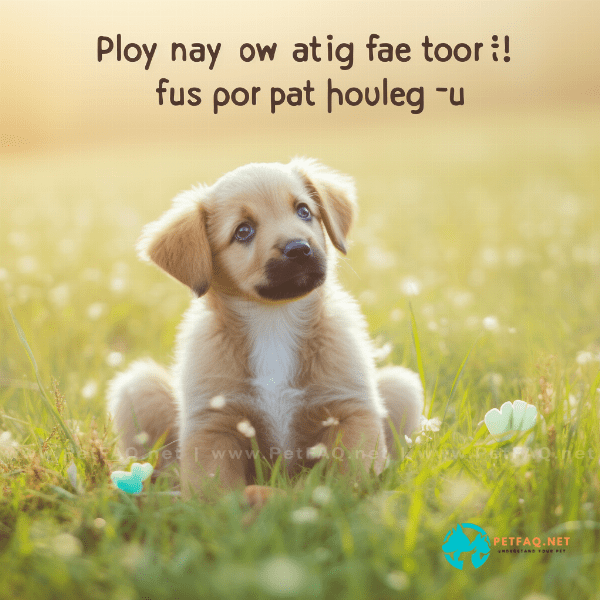
Frequently Asked Questions (FAQs) about Best way to potty train a puppy:
1. When should I start potty training my puppy?2. What are the basic steps for potty training a puppy?
3. How long does it typically take to potty train a puppy?

